Notifications

7 minutes, 2 seconds
-41 Views 0 Comments 0 Likes 0 Reviews

Have you ever walked into your bedroom and felt that something was... just not right? Maybe it’s not as cozy as you'd like, or the mood doesn’t feel restful. One of the most common — and most overlooked — culprits is lighting. Proper bedroom lighting isn’t just about visibility; it influences your mood, sleep quality, and the room's overall vibe.
If you’re struggling to get a right professional interior designer who can transform your space with smart lighting solutions and more.
Here are 10 common bedroom lighting errors that could be throwing off your sanctuary — and how to fix them.

1. Overhead Lighting Overload
As per KreateCube’s lighting expert, a single and bright overhead light might seem practical, but it’s often too harsh for a bedroom setting. This kind of lighting can feel clinical or sterile, which is the opposite of the warm, restful atmosphere bedrooms need.
Fix it: Layer your lighting. Use a combination of ceiling fixtures, floor lamps, and bedside lamps. Opt for dimmable options to adjust the mood depending on the time of day.
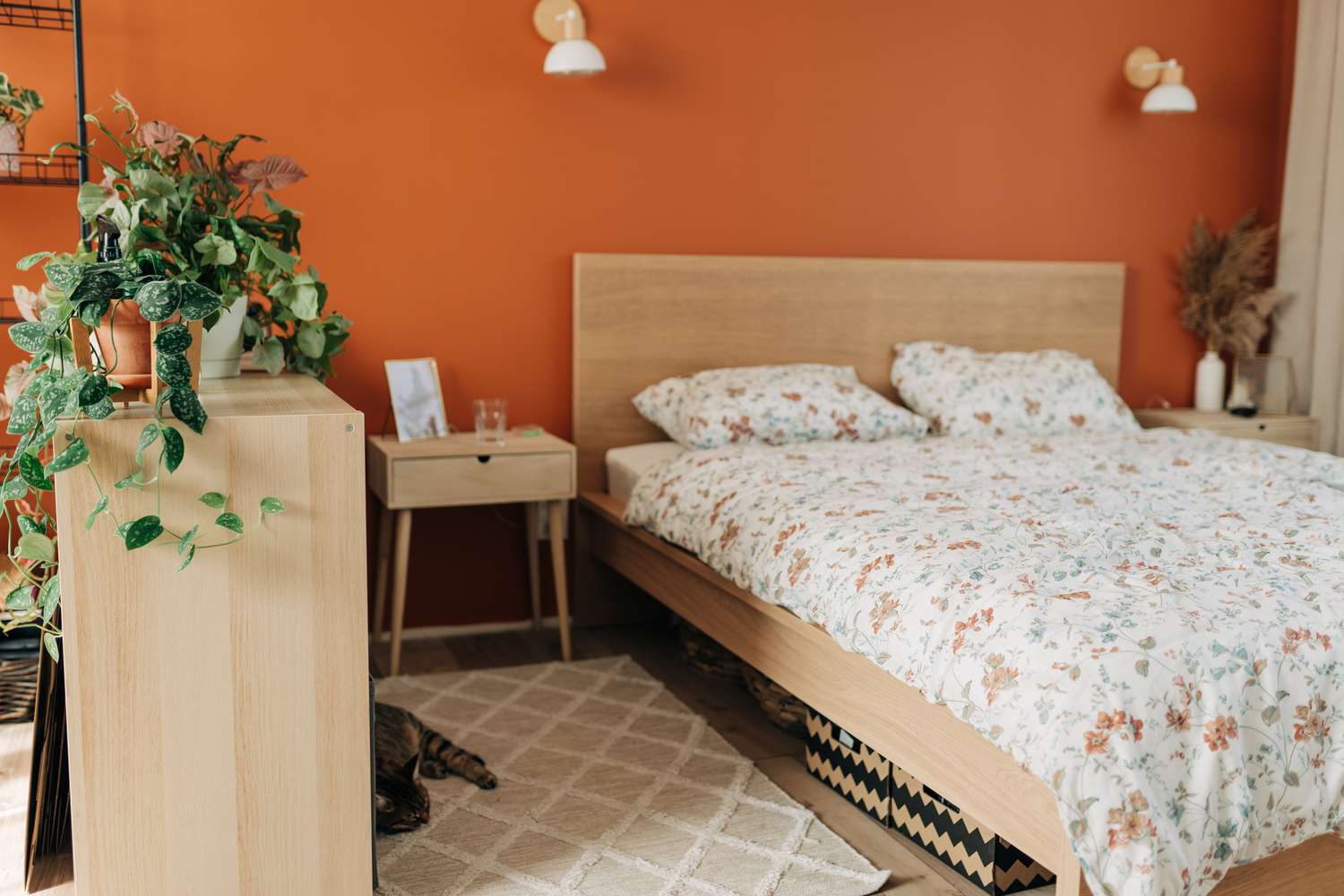
2. Using the Wrong Color Temperature
Lighting that’s too cool (bluish) or too warm (yellow-orange) can make your room feel strange. Cool lights can be stimulating and prevent your brain from winding down, while overly warm tones can make everything look dull or dingy.
Fix it: Use soft white or warm white bulbs (2700K–3000K) for a cozy, inviting atmosphere. Reserve cooler lights (4000K+) for workspaces or bathrooms.
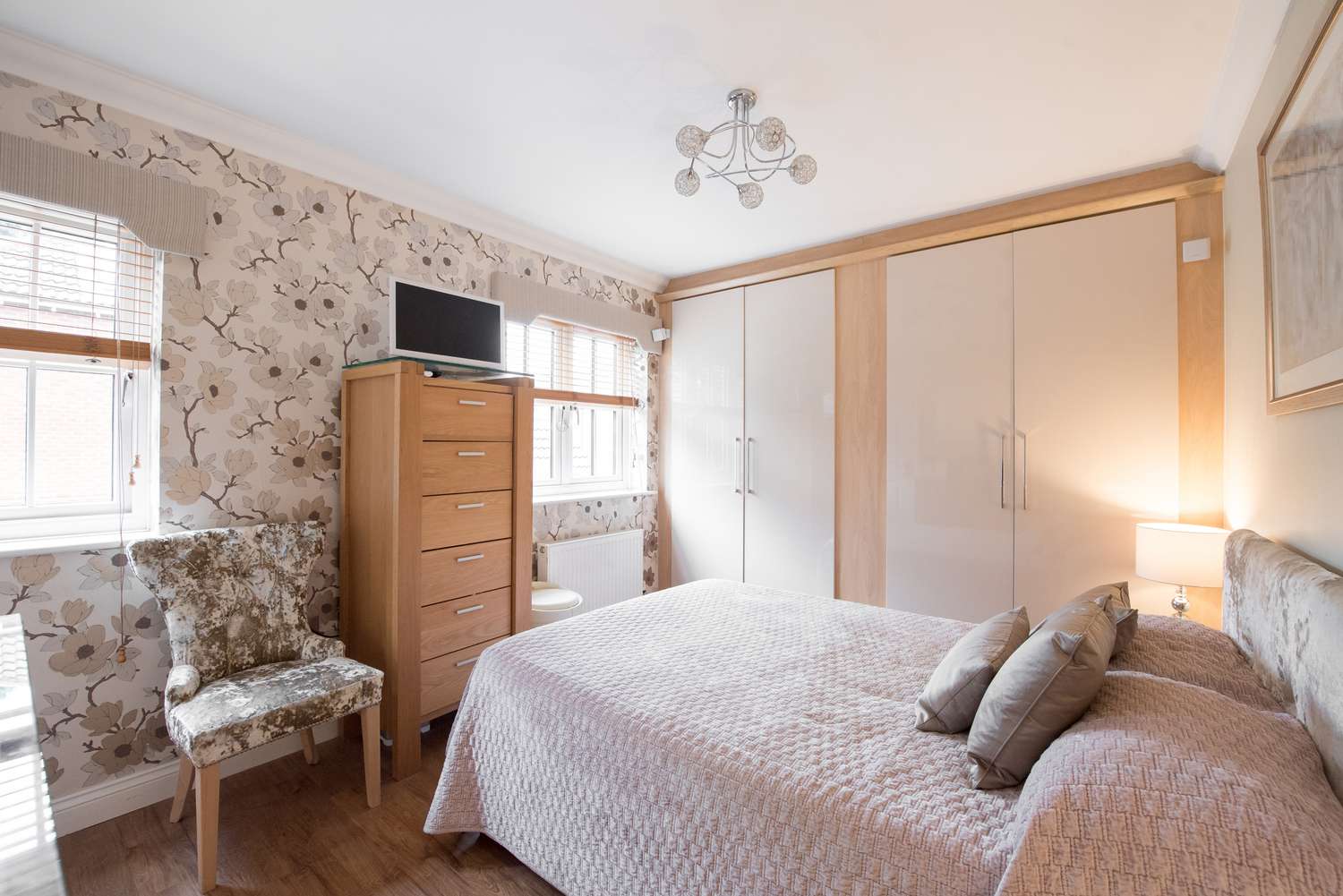
3. Ignoring Natural Light
Blocking out natural light entirely during the day — or not optimizing how it enters your room — can leave your space feeling gloomy or closed in. Natural light is key to mental wellness and room vitality.
Fix it: Use sheer curtains or blinds that can be easily drawn open. Position mirrors to reflect sunlight and brighten darker corners of the room.

4. Poor Bedside Lighting
Bedside lighting should be functional and ambient, but many people either skip it or choose fixtures that are too bright or too dim for reading, relaxing, or night time tasks.
Fix it: Choose bedside lamps with adjustable brightness or use wall-mounted sconces with swing arms. Make sure the light reaches your book but doesn’t glare in your eyes.
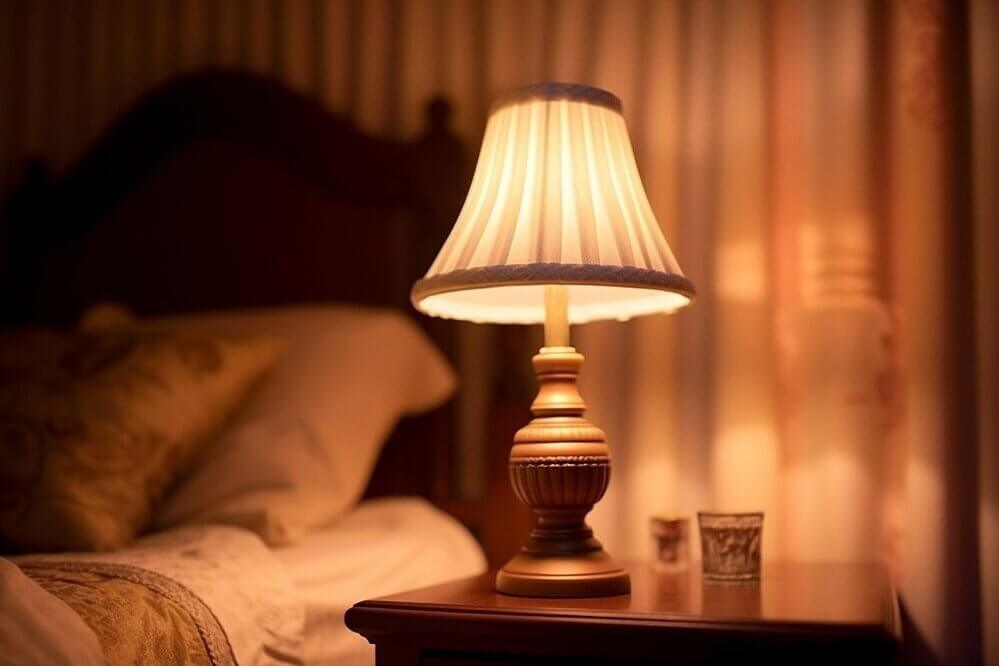
5. Inconsistent Lighting Fixtures
Mixing too many lighting styles (like a vintage chandelier with ultra-modern bedside lamps) can create visual chaos, disrupting the harmony of your bedroom.
Fix it: Keep your lighting cohesive. That doesn’t mean everything needs to match exactly, but the fixtures should share a common theme — in color, material, or design.
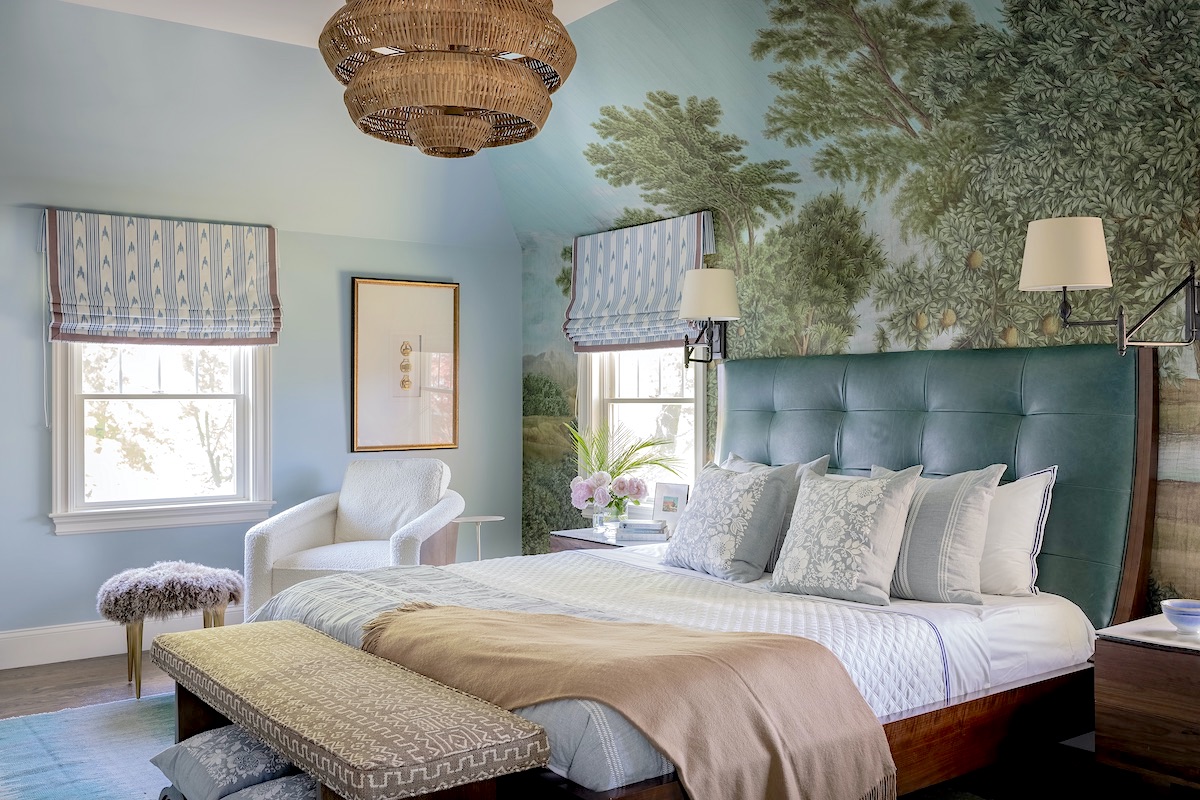
6. Neglecting Dimmers
Fixed-intensity lights limit your control over ambiance. Bright lights may feel fine in the morning but can be overwhelming at night when you're winding down.
Fix it: Install dimmer switches for main lights and even bedside lamps if possible. Smart bulbs also offer dimming and color-shifting features via phone or voice assistant.
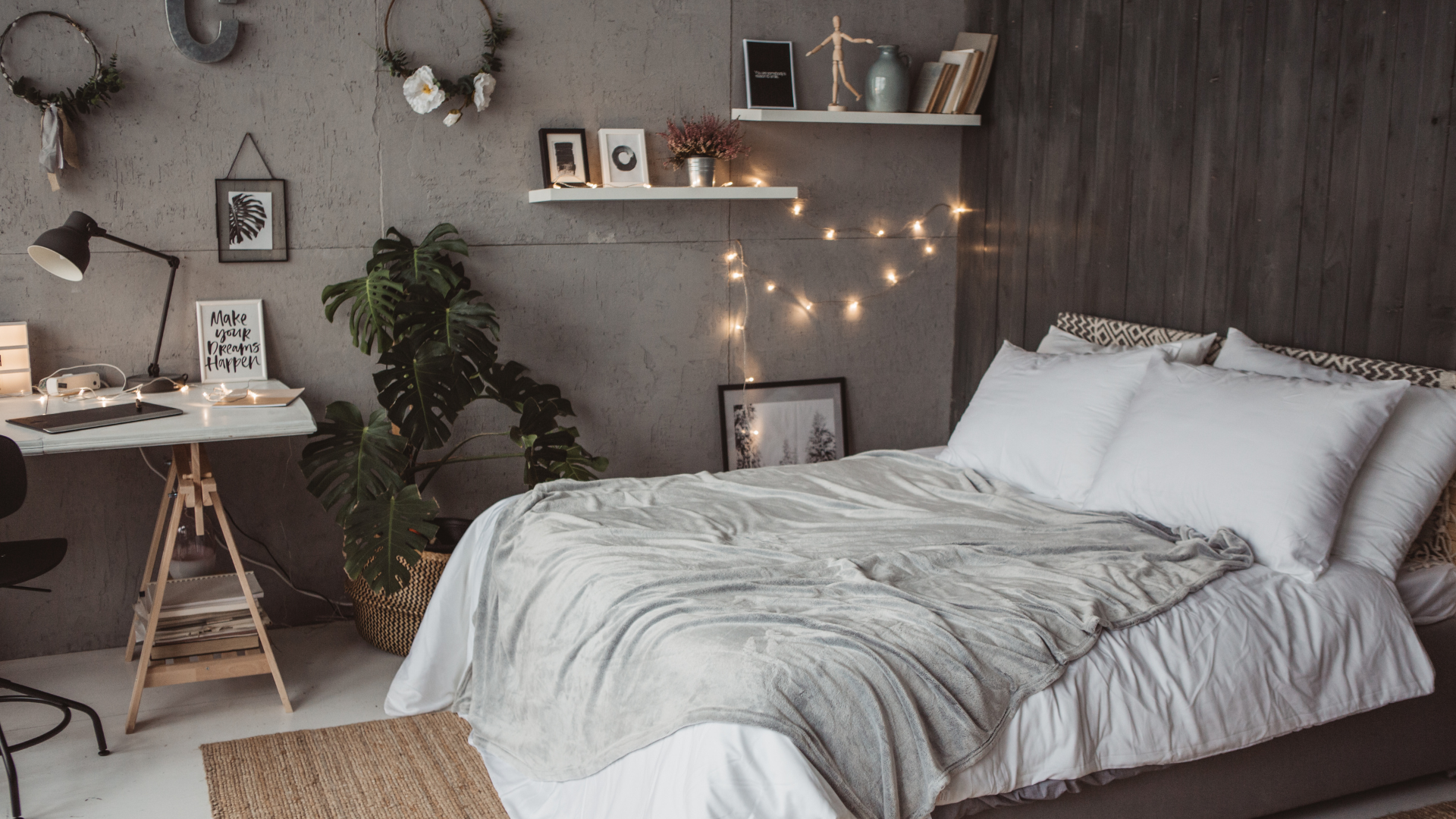
7. Improper Task Lighting
Not all bedroom tasks are created equal — from reading and working to dressing and relaxing. General ambient lighting often isn’t enough to serve all purposes effectively.
Fix it: Add task lighting where needed in home. A focused desk lamp for your workspace, vanity lights for grooming, or under-bed LED strips can make a world of difference.
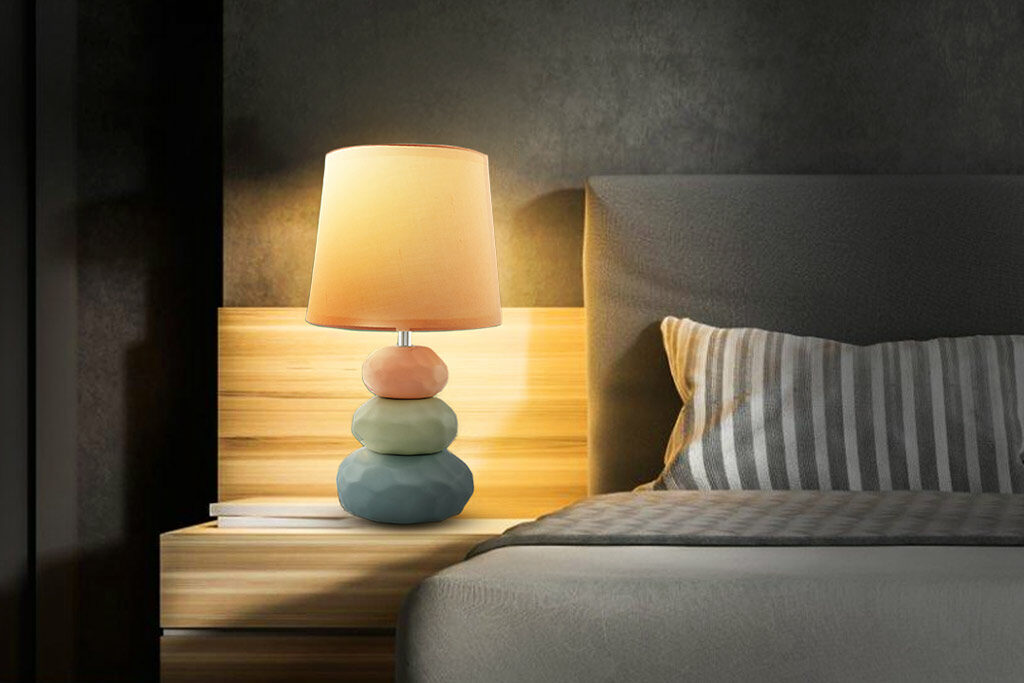
8. Neglecting Accent Lighting
Ambient and task lighting cover functionality, but without accent lighting, a room can feel flat or uninspired. Accent lighting adds depth, highlights decor, and creates a mood.
Fix it: Use LED strip lights behind a headboard, fairy lights in a jar, or picture lights above art. These subtle touches add personality and dimension to your space.
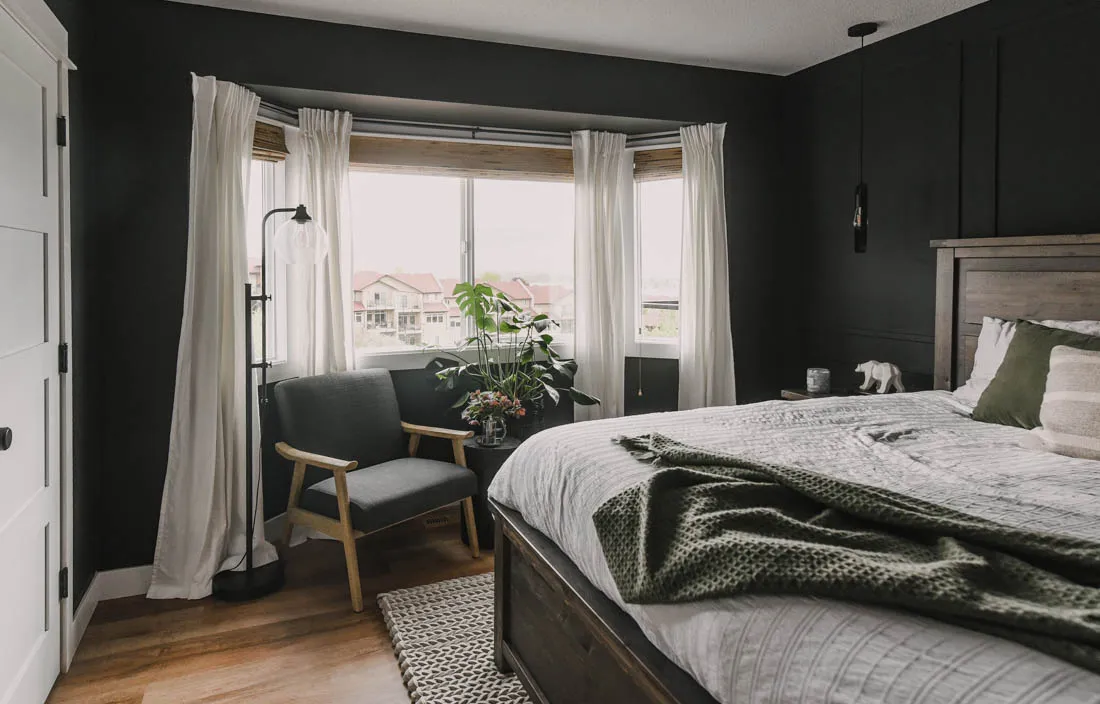
9. Too Much Shadow Play
Low lighting placement can cast unintentional shadows across the room — especially if your only light source is overhead. Shadows can make a room feel eerie or smaller.
Fix it: Balance your lighting sources around the room. Place lamps or sconces on opposite sides to eliminate harsh shadows and ensure even illumination.

10. Using Harsh or Exposed Bulbs
Bare bulbs — especially in decorative fixtures — can be visually jarring and uncomfortable to look at, especially in a place meant for relaxation.
Fix it: Use frosted bulbs or fixtures with shades or diffusers to soften the light. Always consider the line of sight: you shouldn’t see the raw bulb while lying in bed.
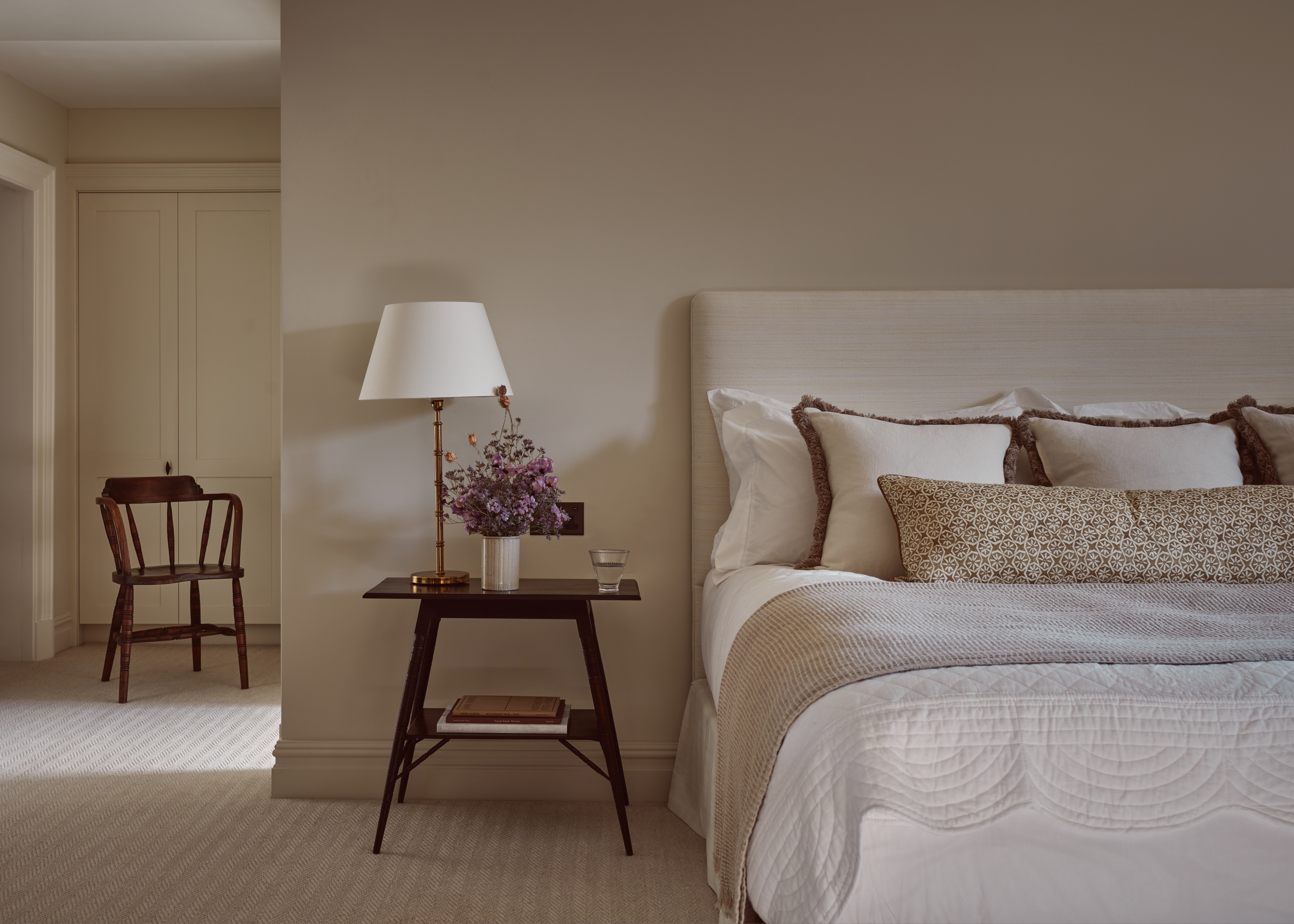
Final Thoughts
Your bedroom should be your retreat — a calming, welcoming place that supports rest, relaxation, and comfort. If it doesn’t feel quite right, lighting might be the missing link. Fortunately, it’s one of the easiest elements to change.
From dimmers and color temperatures to layering and placement, these ten lighting mistakes are simple to spot and fix. Start small, experiment with different setups, and pay attention to how the space makes you feel at different times of day. You’ll be amazed at how transformative good lighting can be.
Let your lighting set the mood — not ruin it.
#InteriorDesign #BedroomDecor #LightingTips #HomeImprovement

